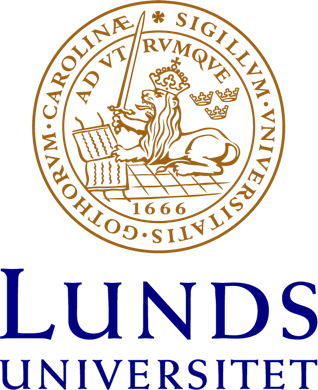Sökresultat
Filtrera
Filtyp
Din sökning på "*" gav 535635 sökträffar
Search for baryonic resonances decaying to Xi pi in deep-inelastic scattering at HERA
A search for narrow baryonic resonances decaying into Ξ-π- or Ξ-π+ and their antiparticles is carried out with the H1 detector using deep inelastic scattering events at HERA in the range of negative photon four-momentum transfer squared 2 < Q2 < 100 GeV2. No signal is observed for a new baryonic state in the mass range 1600–2300 MeV in either the doubly charged or the neutral decay channels. The k
The interculturally competent pedagogue
Visingsö, Sverkersätten och kyrkorna
Visingsö, the Sverker dynasty and the churches: A presentation of the medieval churches on the island of Visingsö, Sweden, and comments on future possibilities of research.
Inequality in the Access to Secondary Education and Rural Poverty in Bangladesh: An Analysis of Household and School-Level data
The Proportionality Principle as a Tool for Disintegration in EU Law – of Balancing and Coherence in the Light of the Fundamental Freedoms.
This thesis analyses the operations of the principle of proportionality when the Court of Justice reviews national measures that restrict the fundamental freedoms laid down in the EU Treaties. That judicial review often entails balancing of rights, and this study is a quest for coherence in the adjudication of different, and at times perplexing legal norms, of various national and international or
Unconventional Magnetic Actuators for Automatic Transmission Shifted by Wire
This report has its focus on development of an unconventional magnetic actuator for vehicular application more specific for gearbox actuators namely: Automatic Transmission Shifted by Wire (ATSbW). The application requires a compact an inexpensive electrically actuated drive that provides high torque over limited angle of movement. The specific research focus of this project is related to developm
Application of Constraint Programming to Digital System Design
Achieving sustainable production through increased utilization of production resources
Abstract in UndeterminedThere seems to be a quite divergent view on sustainable production, mainly based on the perspective applied. From a global perspective, every kind of material consumption and growth is basically unwanted and should be minimized. This reflects in economic sustainability parameters that point towards producing as little as possible and social parameters pointing at eliminatin
Reglerteori
Copyright Is Like QWERTY: Locked-In and Retrospective
The term ‘path dependence’ is generally used to describe the development of technological standards and how they ‘lock in’ a given technical solution. The QWERTY keyboard is often given as an example of path dependence – the fact that the costs of changing the keyboard to a better, more efficient solution, hinders change. The same can be said about much of the copyright legislation today, but then
Nettobeskatta arbete!
Cost and benefits of diversity of corporate boards
Common event characterization in the RHIC experiments.
Functional connectivity between brain regions involved in learning words of a new language
Previous studies have identified several brain regions that appear to be involved in the acquisition of novel word forms. Standard word-by-word presentation is often used although exposure to a new language normally occurs in a natural, real world situation. In the current experiment we investigated naturalistic language exposure and applied a model-free analysis for hemodynamic-response data. Fun
